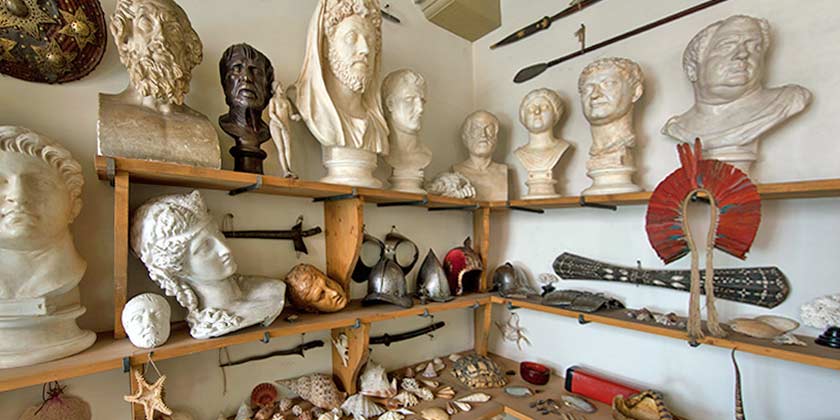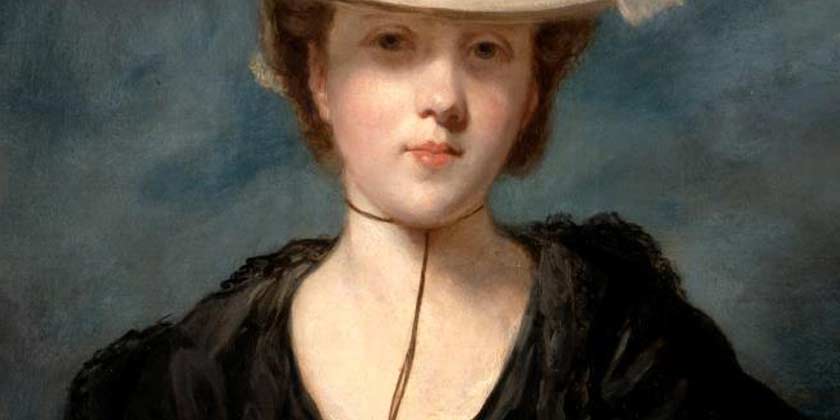Rembrandt’s finances
by Rosily Roberts
For the majority of his life, Rembrandt’s main source of income was private commissions for portraits. While Rembrandt did not keep records of his work shop sales, it is estimated by the Rembrandt House Museum in Amsterdam was around 340 guilders. This was the time when a skilled craftsman earned about 250 guilders a year.
He was also able to earn money as a teacher; it is known that he had around 50 pupils who paid him well for a year’s tuition. In addition to selling his own art, he acted as an art dealer, selling works by his pupils, as well as







